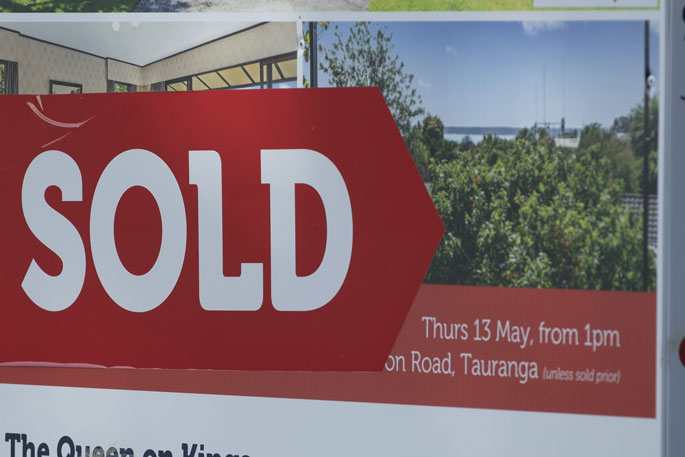Quotable Value's latest figures show a significant reduction in house price growth across both ends of the property ladder – with one main urban centre we monitor even showing a slight decline.
The QV Quartile Index recorded a 2.2 per cent reduction in value growth this quarter across the most expensive houses in New Zealand's main centres – down from 8.5 per cent growth to 6.3 per cent – while the country's least expensive houses experienced a slightly smaller 1.4 per cent drop in average value growth (from 8.3 per cent to 6.9 per cent).
The biggest decline in the rate of house price growth, and the only major urban centre to show any sort of quarterly decline in house value since winter last year, was in the upper quartile in Marlborough, which dropped just -0.1 per cent to $1,032,839.
'Though the drop in Marlborough is almost immaterial, it is statistically significant when you look back at almost 12 months of solid growth across all of the 16 major urban centres we monitor,” says QV general manager David Nagel.
 Images: QV.
Images: QV.
He cautions there could be similarly small value drops next month across Napier and Queenstown's upper quartile, where average house price growth has been largely static or slightly down in consecutive months, as well as the first-home buyer's segment of the Marlborough market, which has also tapered off significantly since March.
'This easing is likely the effect of government intervention and a tightening of credit availability with the return of LVRs and the increasing likelihood of interest rate rises in the near future, not to mention the seasonal downturn that normally accompanies these cooler months,” he says.
'It's worth reiterating that prices are still generally increasing, but they're just not going up by nearly as much as they were before.
'While demand remains high and supply remains low, house prices are generally only going to go in one direction and that's up. How much higher will likely depend on how much higher interest rates will go.
'By spring, we should have a clearer picture of what the market is doing and whether or not this cooling effect on prices is here to stay.”

Property prices have risen highest this quarter across the first-home buyer's segment in Upper Hutt (12.7 per cent), Whangarei (11.6 per cent) and Papakura (10.7 per cent), and across the upper quartile in Franklin (10.9 per cent), central Wellington (10.6 per cent), and Hastings (9.8 per cent).
Rotorua was the only centre to feature in the top 10 twice this month, with the average value of its most-expensive houses increasing by 9.7 per cent since March, and the average value of its least expensive homes rising 8.4 per cent over the same period.



0 comments
Leave a Comment
You must be logged in to make a comment.